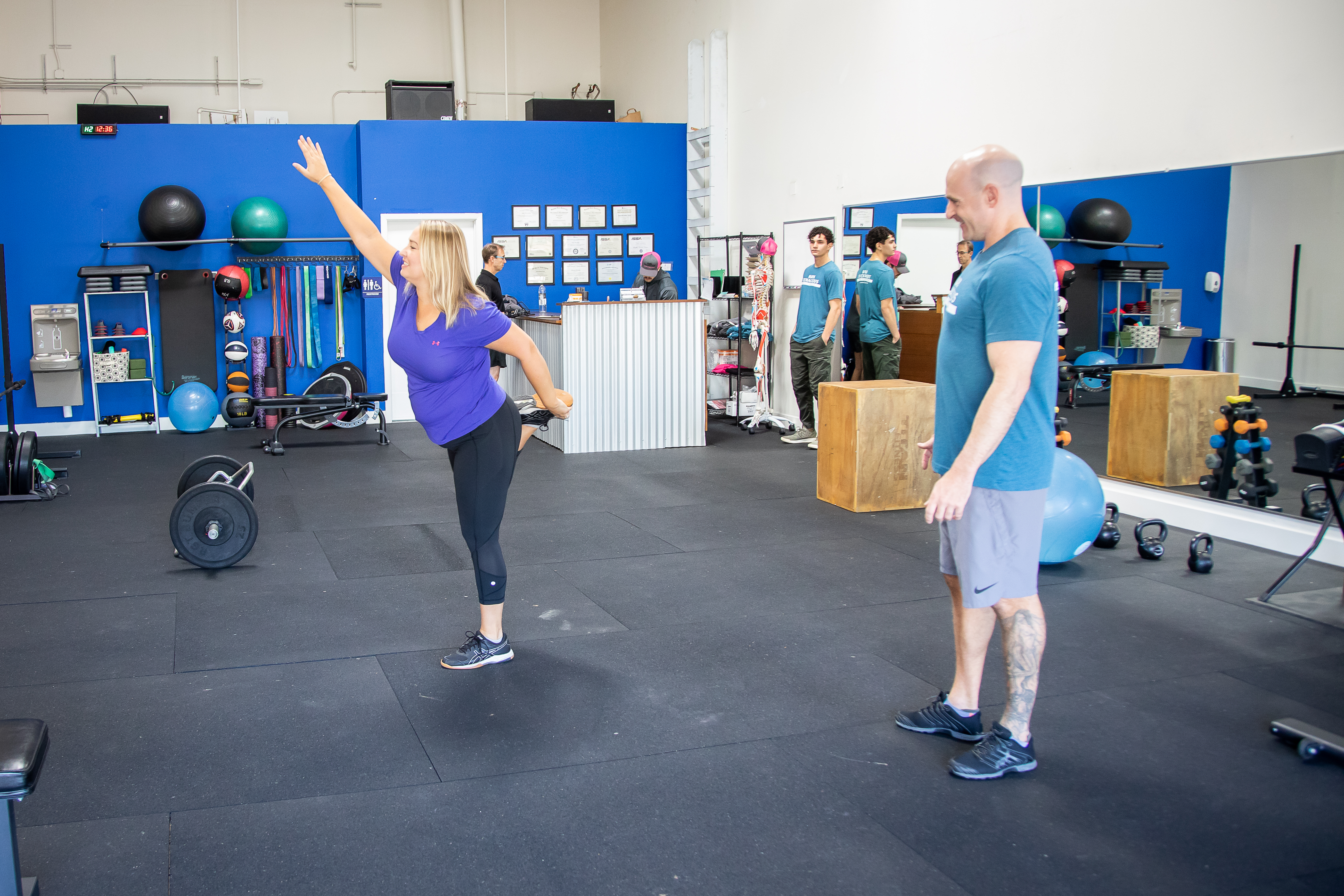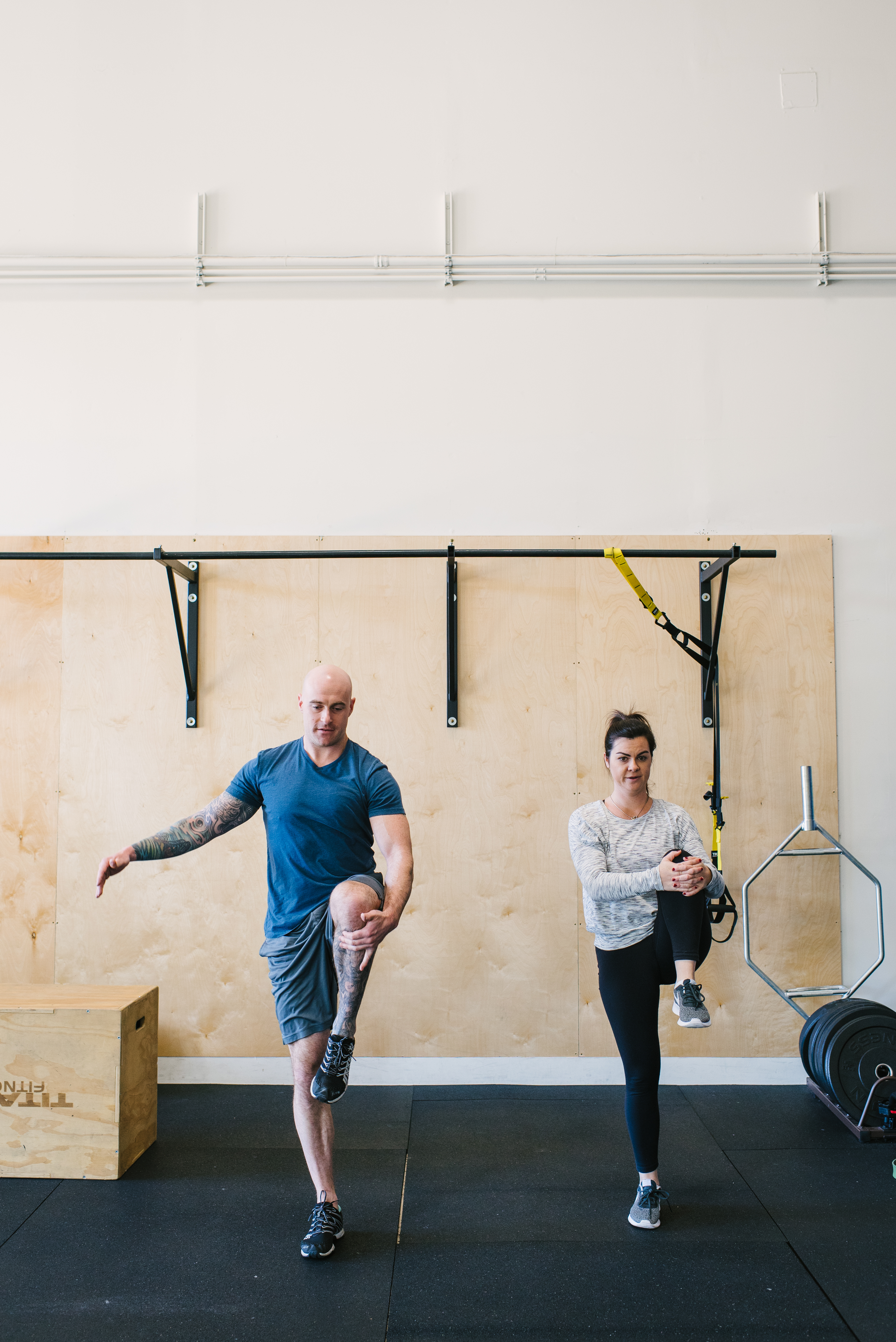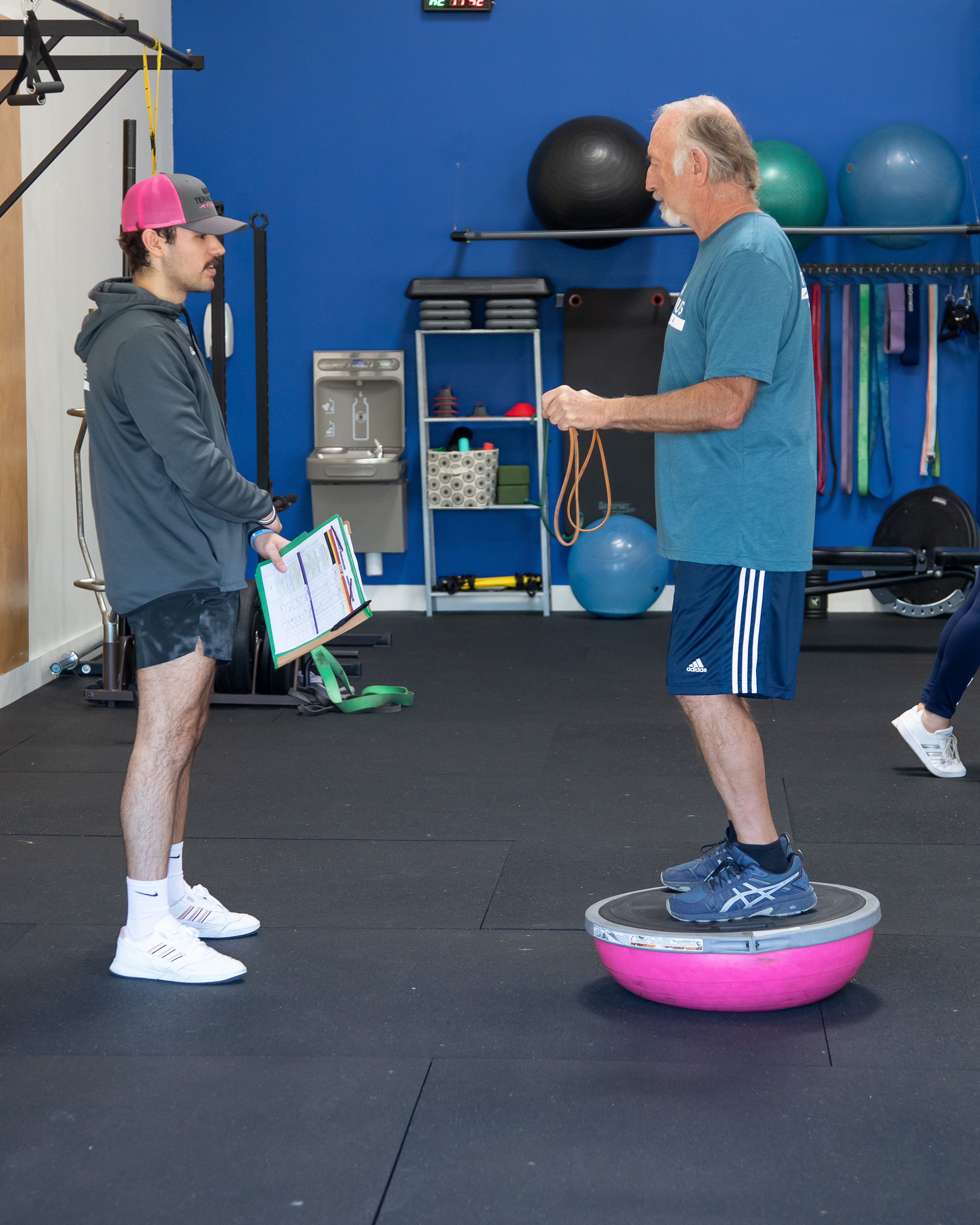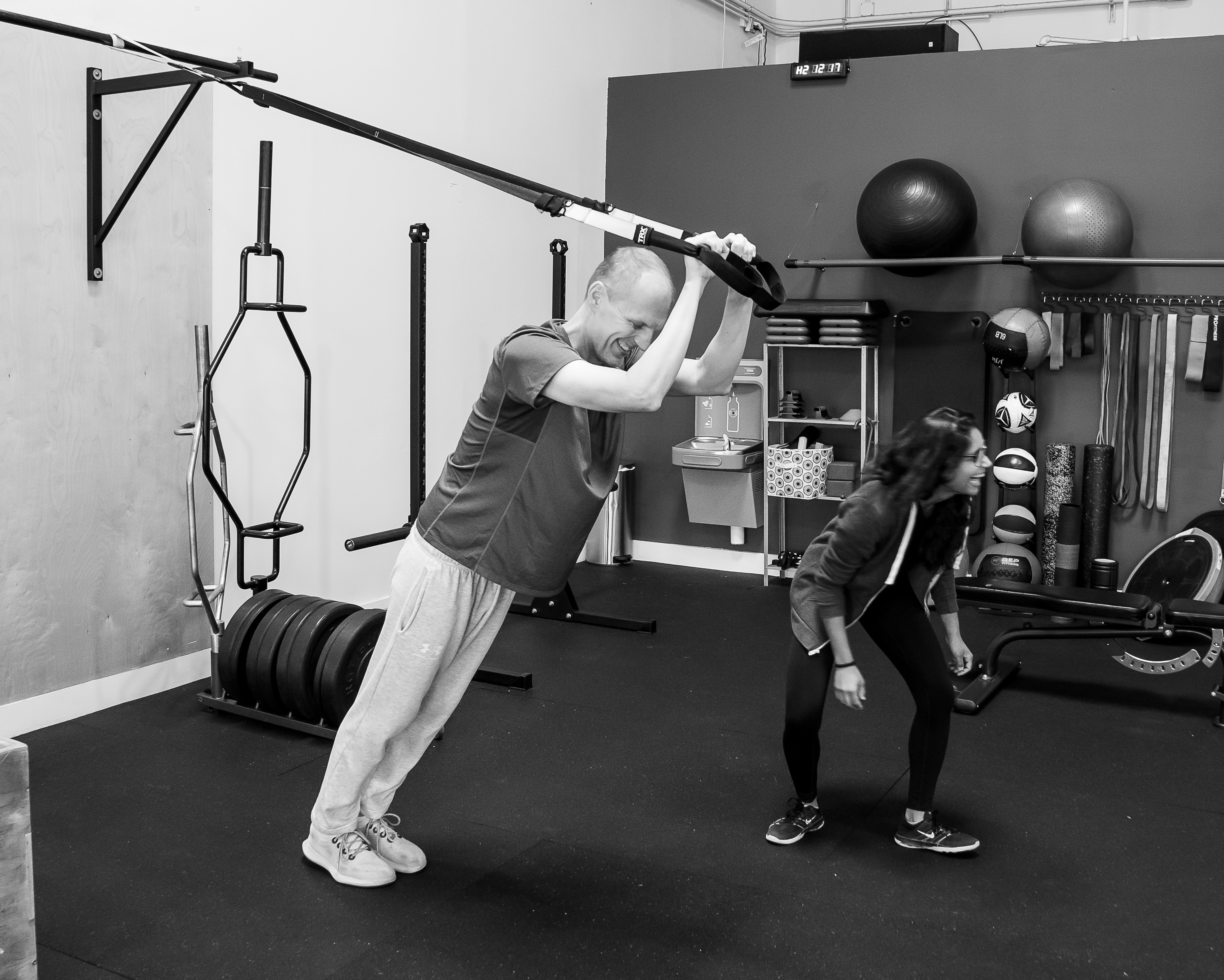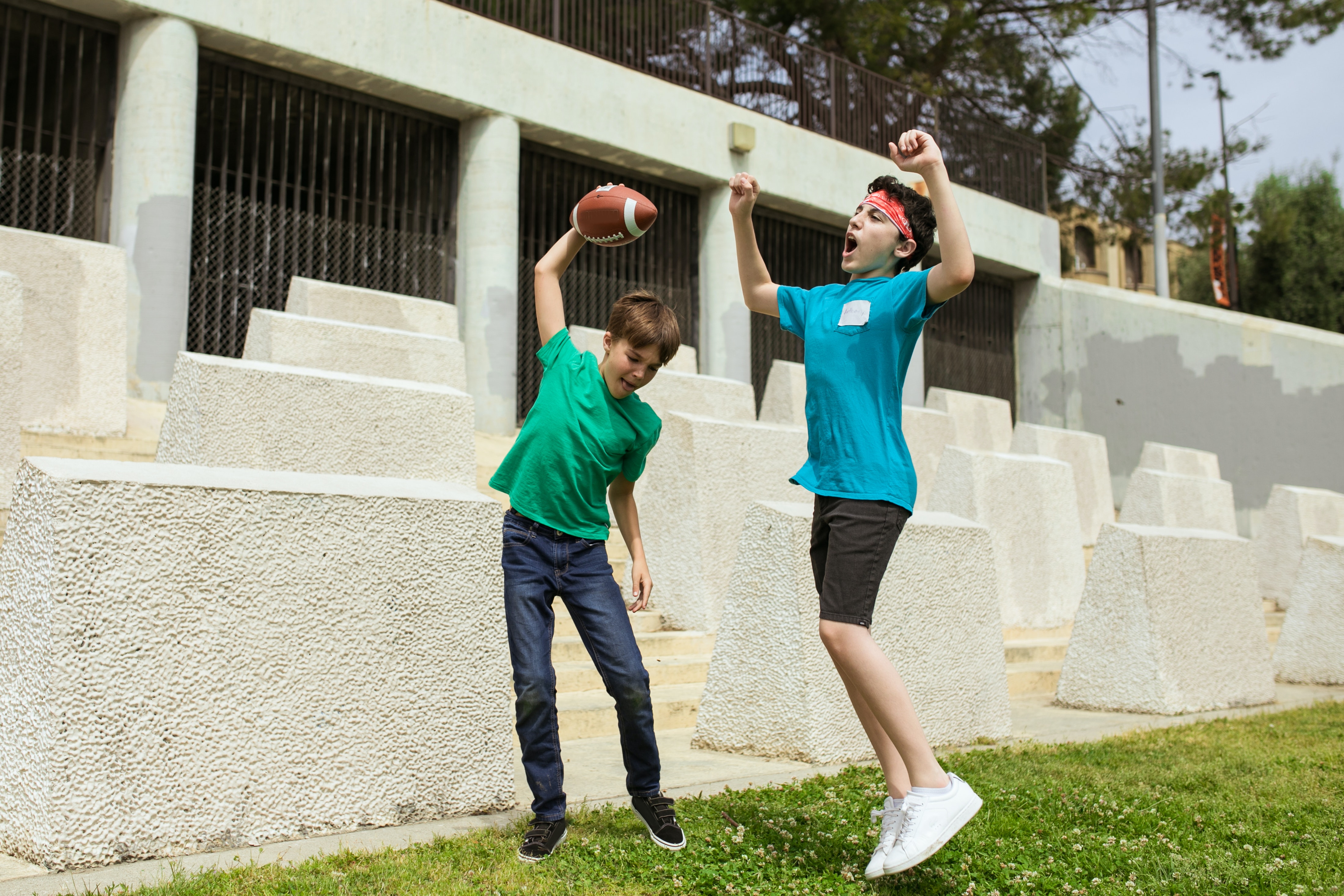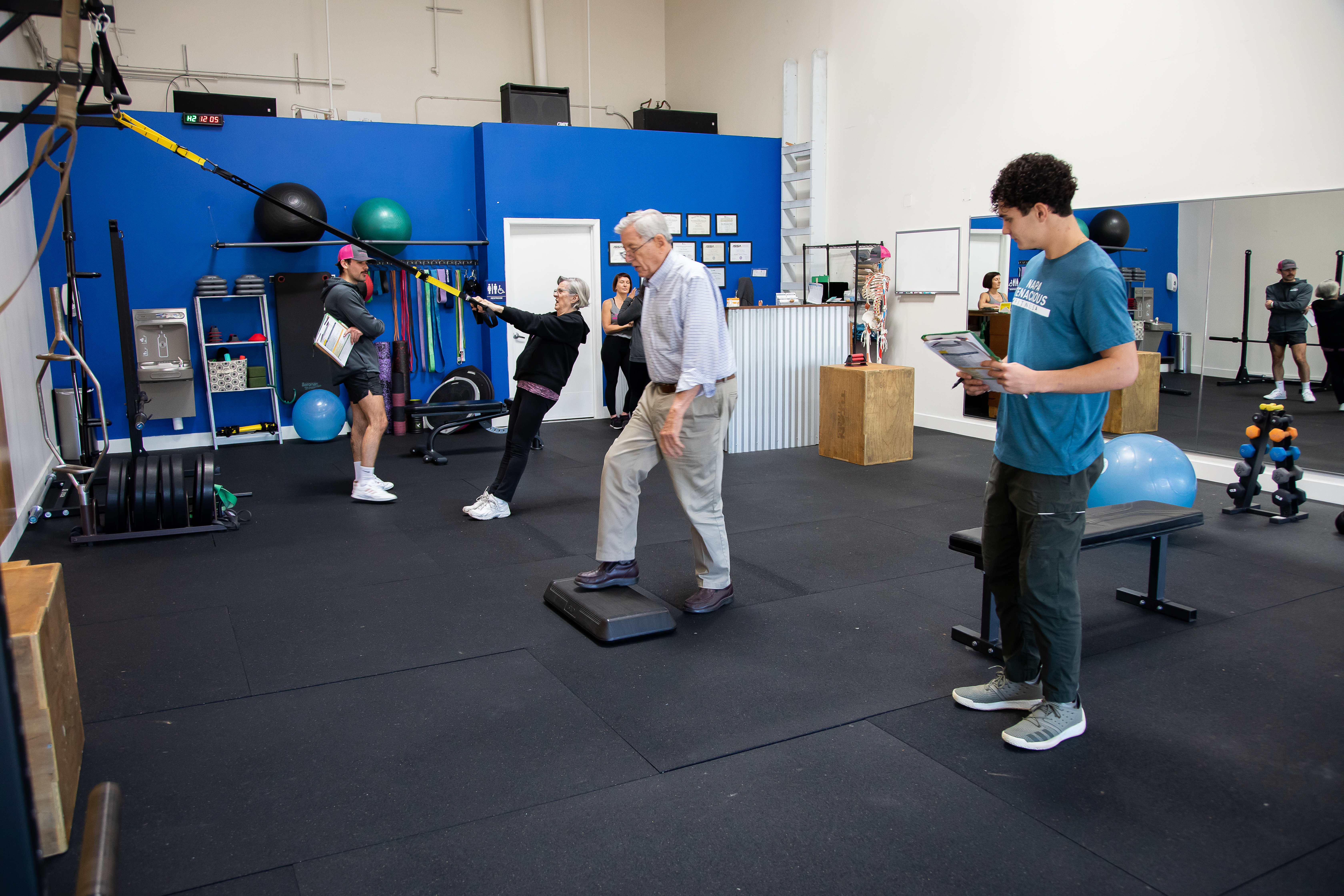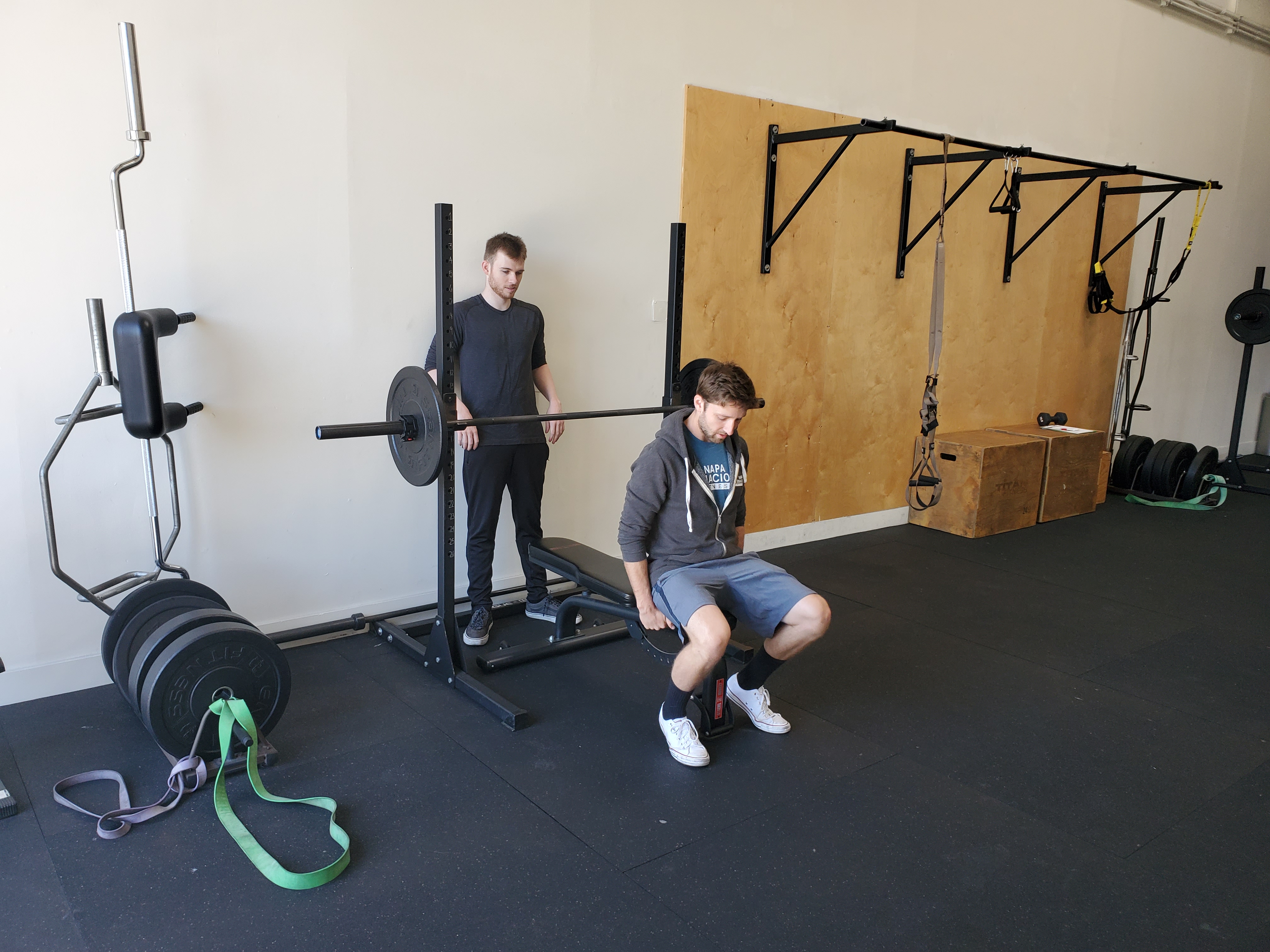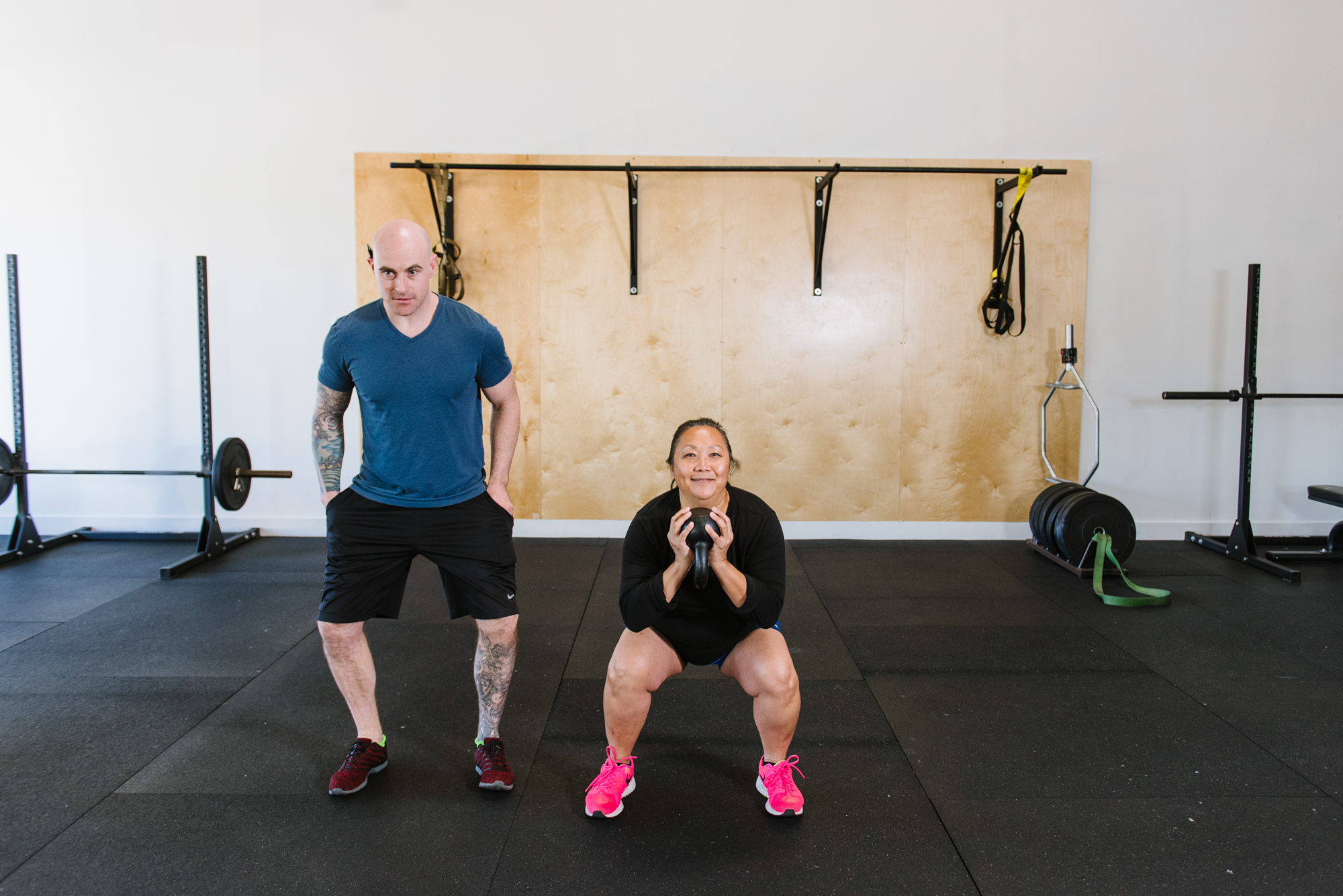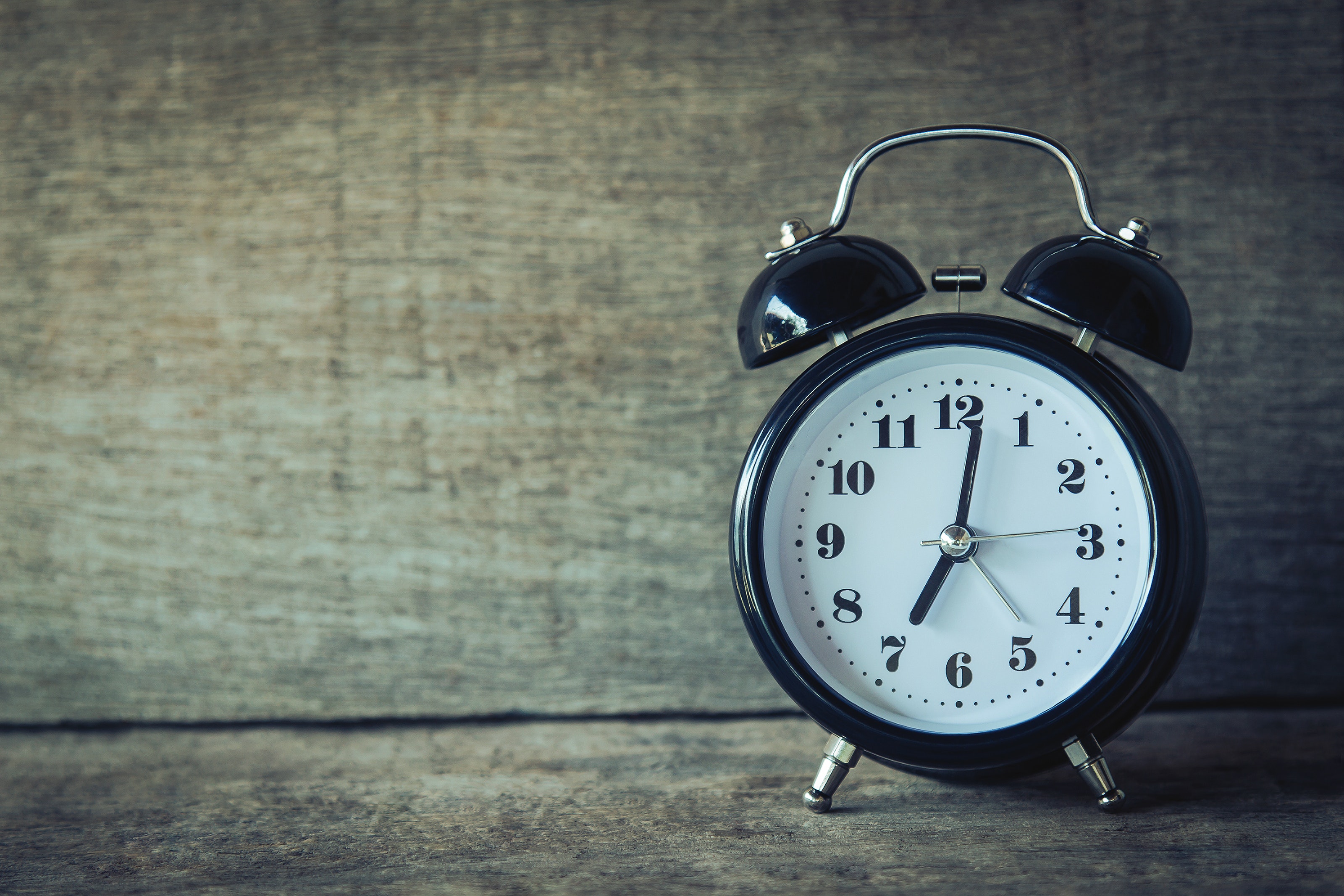Society has evolved into an innovative community, mastering the ability to manage our everyday affairs through electronics. Along with phones, computers, and tablets offering instant gratification comes a position where we physically conform our bodies to a resting position requiring little to no movement. In other words, we sit a lot. In fact, six to eight hours a day of commuting to work, conducting administrative duties at our desks, or scrolling through our phones to view text messages, emails, and the latest social media crutch isn’t uncommon.
Lack of physical movement is categorized as sedentary behavior. People with lifestyle habits where movement is at a minimum pose threats of developing a multitude of metabolic diseases such as cardiovascular afflictions, insulin resistance, decreased lean muscle mass, and surplus fat storage
Another contributing factor, creating a synergy for increased fat storage, is the overconsumption of carbohydrates at suboptimal periods. For instance, snacking on chips, breads, pastries, or candies during times of the day when physical activity levels are low or directly before bed. Low energy expenditure contributes to a lack of calorie utilization, which converts to dense fat under our skin.
Carbohydrates are fancy words for sugars. We need sugar to utilize as a source of energy. Sugar gets a bad rap due to its identity toward developing metabolic disease. However, sugar is present throughout the body and is responsible for various cellular interactions within the nervous and muscular systems. A common misconception of sugar is that sugars are only present in sweet foods such as candies, pastries, or sodas. Sugars are also formed from gluconeogenesis, which is the breakdown of non-carbohydrate sources, such as fats, into usable energy.
Wearable technology such as Fit Bits and Apple watches track activity rings and remind us where we are in our daily recommendations for physical activity. One of the best ways to fill in the physical activity rings is to get up and walk for brief bouts. This is a potently effective method to utilize the aerobic energy system for caloric expenditure. However, it’s important to note that getting up and moving the body via standing and walking isn’t the only key to the puzzle. Appreciating the beneficial properties of skillfully consuming food and exercising to enhance lean muscle mass are critically significant to decreasing factors leading to developing metabolic diseases, heart dysfunction, and increasing BMI. Not only will nutritional awareness and routine exercises reduce the likelihood of metabolic disease, but practicing these habits enhance the productivity and quality of everyday life activities.
Skeletal muscles are the organs in our body that move and stabilize our bones. Examples include the trapezius, which stabilizes our shoulder blades, triceps that extend our arms, paraspinal muscles that hold our vertebrae together, and gluteal muscles that move our hips. These muscles are not only responsible for large movements in our body, but they also possess the ability to utilize insulin as a growth factor to repair stressed sites of skeletal muscle.
Skeletal muscle also possesses insulin receptors. After skeletal muscles are stressed from rigorous activity, such as a concentrated resistance training session, the muscles welcome insulin to bond onto the surface of their cells. Insulin is a potent anabolic hormone that regulates the influx of sugars from the bloodstream into connective tissue cells. Absorbing sugar into stressed muscle cells allows the muscles to utilize sugar as source of energy to grab onto free-floating proteins and amino acids to repair post-workout damaged muscle structure. This action of muscle resynthesis increases insulin sensitivity, which counteracts the possibility of developing insulin resistance.
It’s important to understand that increased physical activity is beneficial for regulating the ability to move optimally and fend off disease. Filling up the activity rings on our helpful wearable technology aids us in living healthier as the technological demands of our lives segway to sitting longer. However, let’s not forget to acknowledge the importance of skillful nutritional habits and routine exercise combined with increased physical activity. Decreased sedentary behavior, nutritional awareness, and consistent adherence to exercise equals reduced likelihood of disease and improved overall quality of life.
Sean McCawley, the founder and owner of Napa Tenacious Fitness in Napa, CA, welcomes questions and comments. Reach him at 707-287-2727, napatenacious@gmail.com, or visit the website napatenaciousfitness.com.

